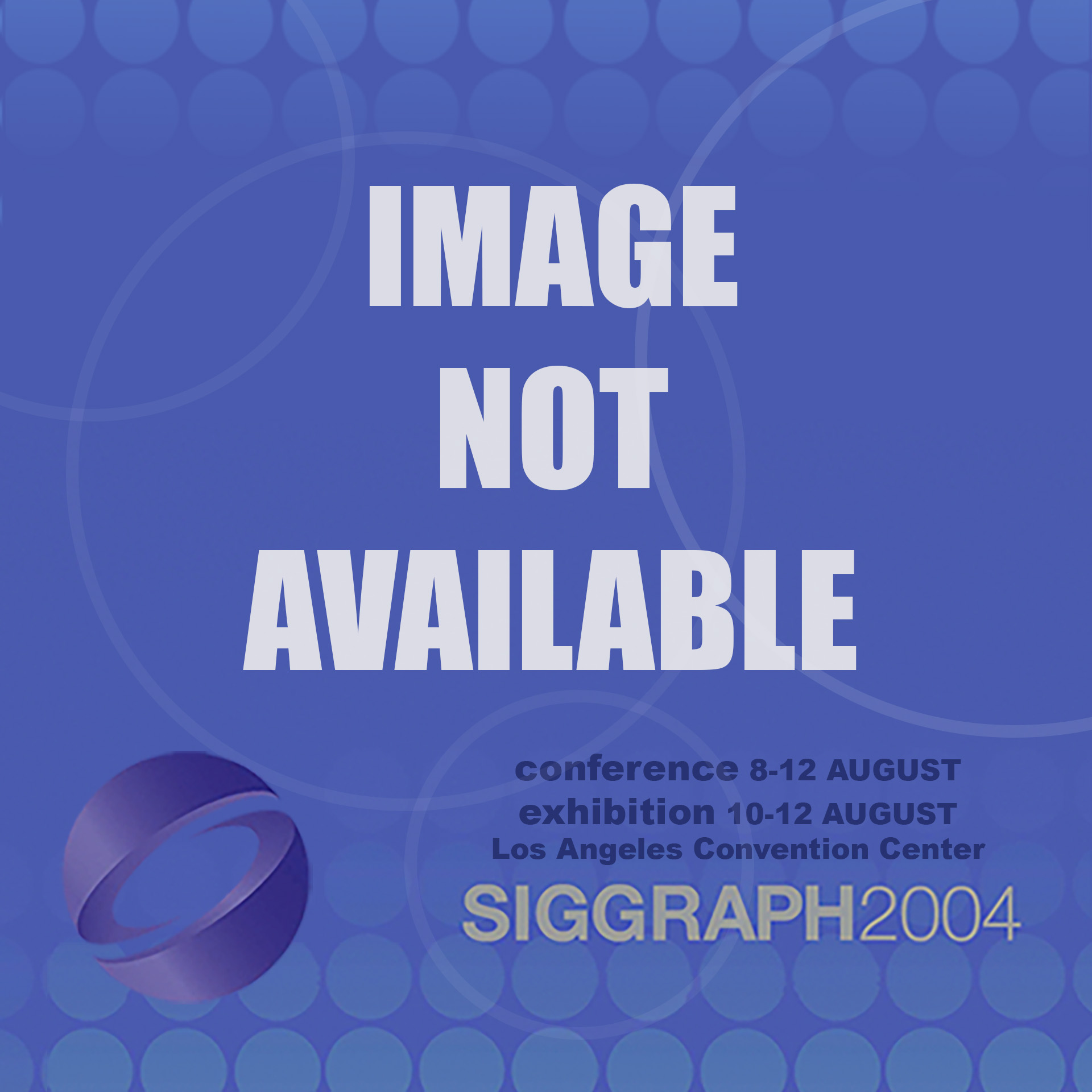“The Computer Arts: Origins and Contexts” by Brown
Conference:
Type(s):
Title:
- The Computer Arts: Origins and Contexts
Presenter(s)/Author(s):
Abstract:
Although artists were using analogue mechanical and electronic systems earlier in the 20th century it was during the 1960’s that they first began to get involved in the world of digital computing. By 1968 it was possible for Jasia Reichardt to curate a survey of work in the area in the influential Cybernetic Serendipity exhibition held at London’s Institute of Contemporary Art – the ICA.
Many young artists were inspired to get involved with computers after seeing this show which went on to tour the United States and Japan. In the United Kingdom this was enabled by the amalgamation of the Colleges of Art with Colleges of Engineering; Furniture; Printing, etc… to form the Polytechnics in the late ’60’s. For the first time it was possible for students to learn computer programming as a part of their courses in the fine and applied arts. By the early 1970’s many such interdisciplinary programs had emerged at the Polytechnics at Coventry; Middlesex; Leicester; Liverpool and elsewhere. The Royal College of Art’s postgraduate Design Research Dept. had begun working in the area. Then in 1972 the Slade School of Fine Art at University College London used a bequest from alumni Eileen Gray to purchase a Data General Nova 2 minicomputer system for their new Experimental and Computing Dept.
The concept of user-friendly applications was still way in the future and using a computer meant for most artists learning how to program. It wasn’t easy and only appealed to certain minds. The resulting work owed much to the traditions of Constructivism and the then popular Systems Art that was the dominant aesthetic in many European postgraduate programs like the one at the Slade. This, of course directly informed their decision to spend what was a considerable amount of money on an in-house dedicated computer system in preference to experimenting with the central time-share and multi-user systems provided by University College and the University of London Computer Centre.




